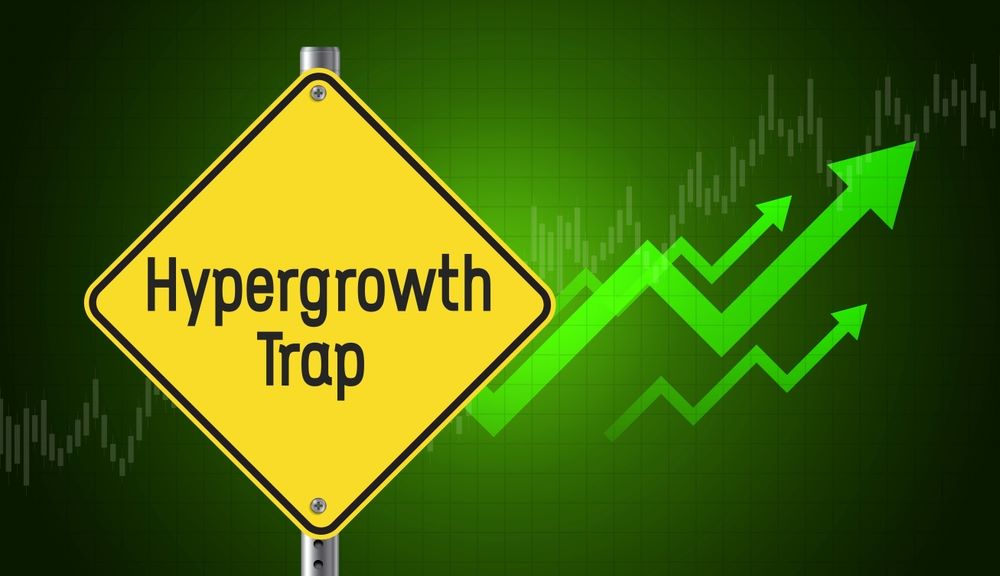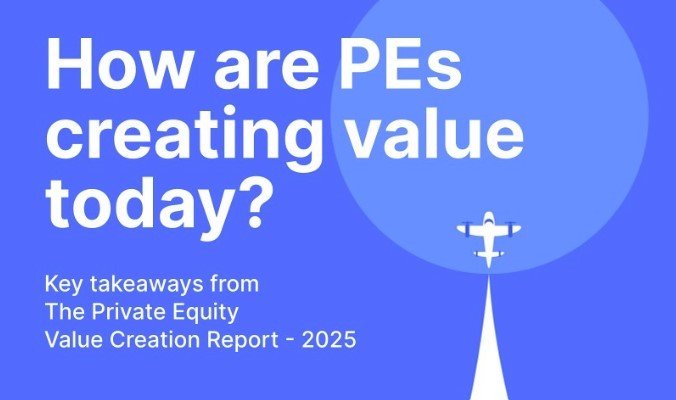The Lost Years: The Cost of Failing to Assist CEOs with Revenue Growth in Year 1
The Hidden Cost of Delay
In private equity, time is value. Nearly 60% of all value creation over a five-year holding period comes from revenue growth, compared to just 20% from cost reduction. Yet, many deal teams still delay addressing growth acceleration until it’s too late.
During the first year post-close, management teams often continue doing what worked before the acquisition. But to truly accelerate profitable revenue growth and optimize exit value, something different needs to happen—immediately.
While cost reduction efforts deliver measurable results quickly, revenue growth has a three times greater impact on value creation. Starting late not only limits the available levers but also diminishes the compounding effects of early growth.
The Cost of Waiting: Lost Time, Lost Value
When deal teams postpone growth initiatives until Year 2 or 3, they narrow their strategic options. By Year 3 or 4, roughly half the most powerful growth levers—such as upgrading sales talent, transforming go-to-market models, or entering new geographies—are no longer feasible.
Instead, teams are left with more tactical moves like pricing tweaks or minor sales execution improvements. While these can deliver incremental gains, they lack the transformative power of early growth investments.
- Lost Compounding Effect: Early growth magnifies EBITDA gains across the holding period.
- Lower Exit Multiples: Poor early growth signals to buyers that the business may lack scalable potential, suppressing valuations.
Why CEOs Need Support to Drive Growth
Even the most capable CEOs often struggle to drive revenue growth independently. Research shows that 83% of CEOs lack direct experience managing sales and marketing organizations. Many come from finance, legal, or operations backgrounds—strong leaders, but often hesitant to disrupt commercial structures that could unlock growth.
That’s why deal teams and operating partners must play an active role. Revenue growth is complex, interdependent, and requires both analytical insight and operational precision. A hands-on, systematic approach ensures CEOs aren’t left to navigate this alone.
Building a Systematic, Repeatable Revenue Growth Approach
Top-performing private equity firms are codifying their revenue strategies into Revenue Growth Playbooks—frameworks that provide structure, consistency, and measurable execution. These playbooks guide deal teams and management through three critical phases:
Phase 1: Pre-Bid
Ask the right diagnostic questions to uncover growth gaps:
- How do you segment and target customers?
- Why do you win or lose deals?
- What portion of sales time is spent actually selling?
- What’s your pricing strategy and competitive position?
Phase 2: Due Diligence
Deepen the analysis with fact-based questions:
- How accurate are forecasts 30, 60, and 90 days out?
- Where do prospects drop from the pipeline?
- What pricing opportunities exist?
- Can the go-to-market model scale with acquisitions?
Phase 3: Year 1 Execution
This is where transformation happens:
- Redefine the “to be” go-to-market model.
- Align leadership around revenue growth priorities.
- Execute change programs in sales structure, skills, tools, and incentives.
Implementation is the hardest part—but also the most valuable. The firms that embed change early see compounding growth throughout ownership.
The Takeaway: Act Early, Act Systematically
The first year of ownership is the most critical window for value creation. The firms that seize it—by helping CEOs redefine growth paths early—capture the majority of potential value. Those that wait risk losing years of compounding gains.
At Blue Ridge Partners, we’ve seen firsthand that revenue growth deserves equal, if not greater, focus than cost reduction. With a repeatable, playbook-driven approach, private equity firms can systematically accelerate profitable growth and maximize exit value.


